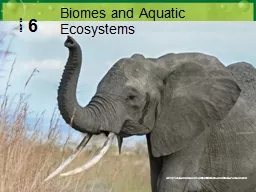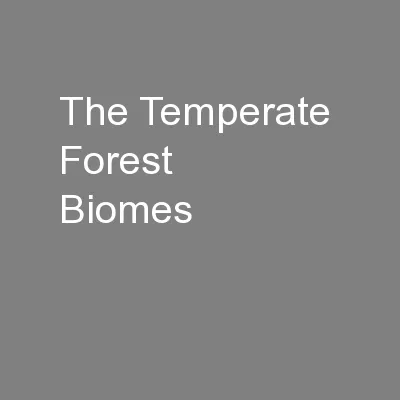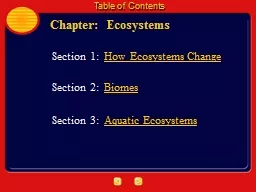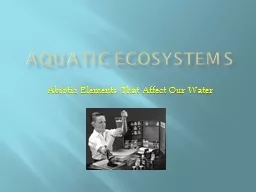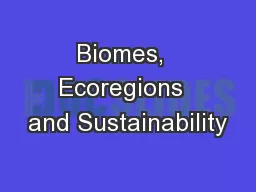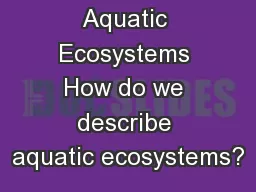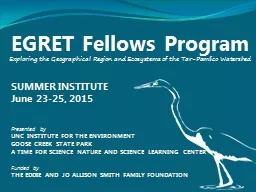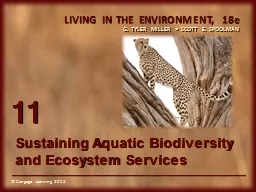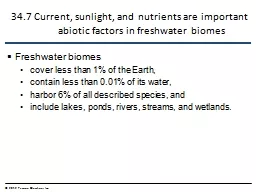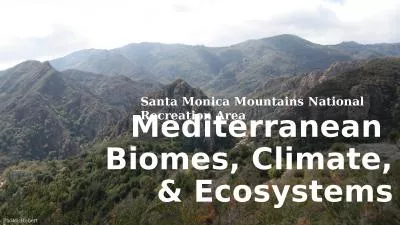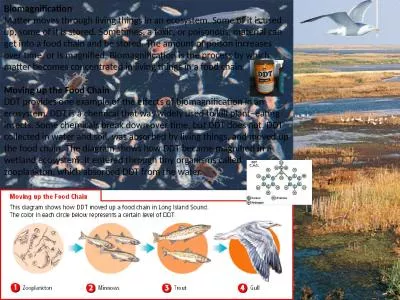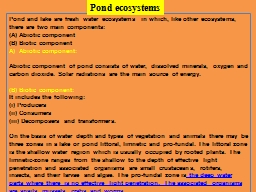PPT-6 Biomes and Aquatic Ecosystems
Author : tatyana-admore | Published Date : 2018-10-25
CHAPTER Too Much of a Good Thing Elephant populations in southern Africa declined sharply due to hunting but have made overwhelming comebacks within nature reserves
Presentation Embed Code
Download Presentation
Download Presentation The PPT/PDF document "6 Biomes and Aquatic Ecosystems" is the property of its rightful owner. Permission is granted to download and print the materials on this website for personal, non-commercial use only, and to display it on your personal computer provided you do not modify the materials and that you retain all copyright notices contained in the materials. By downloading content from our website, you accept the terms of this agreement.
6 Biomes and Aquatic Ecosystems: Transcript
Download Rules Of Document
"6 Biomes and Aquatic Ecosystems"The content belongs to its owner. You may download and print it for personal use, without modification, and keep all copyright notices. By downloading, you agree to these terms.
Related Documents

